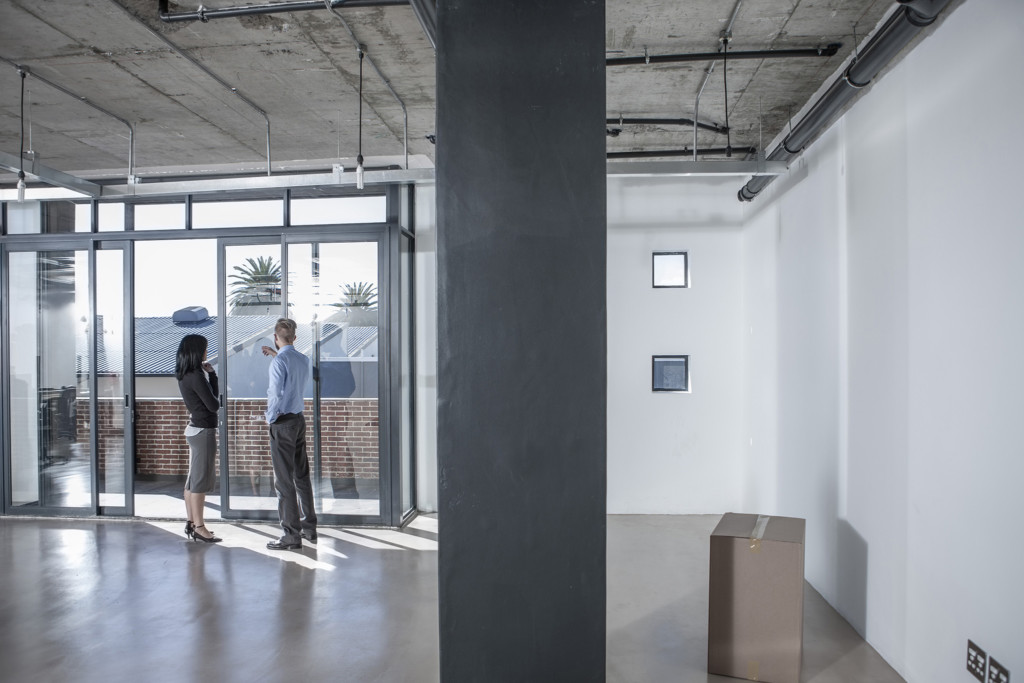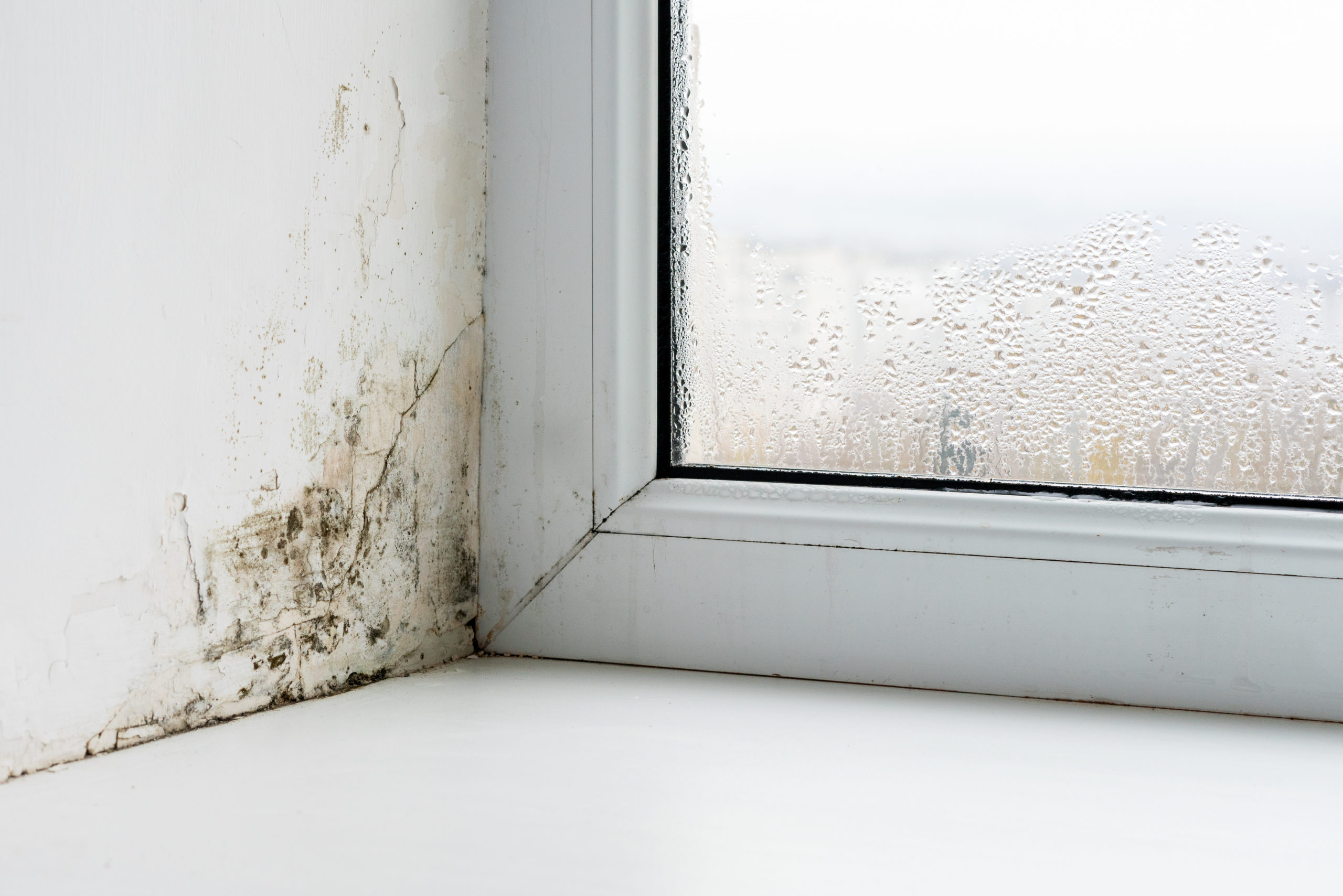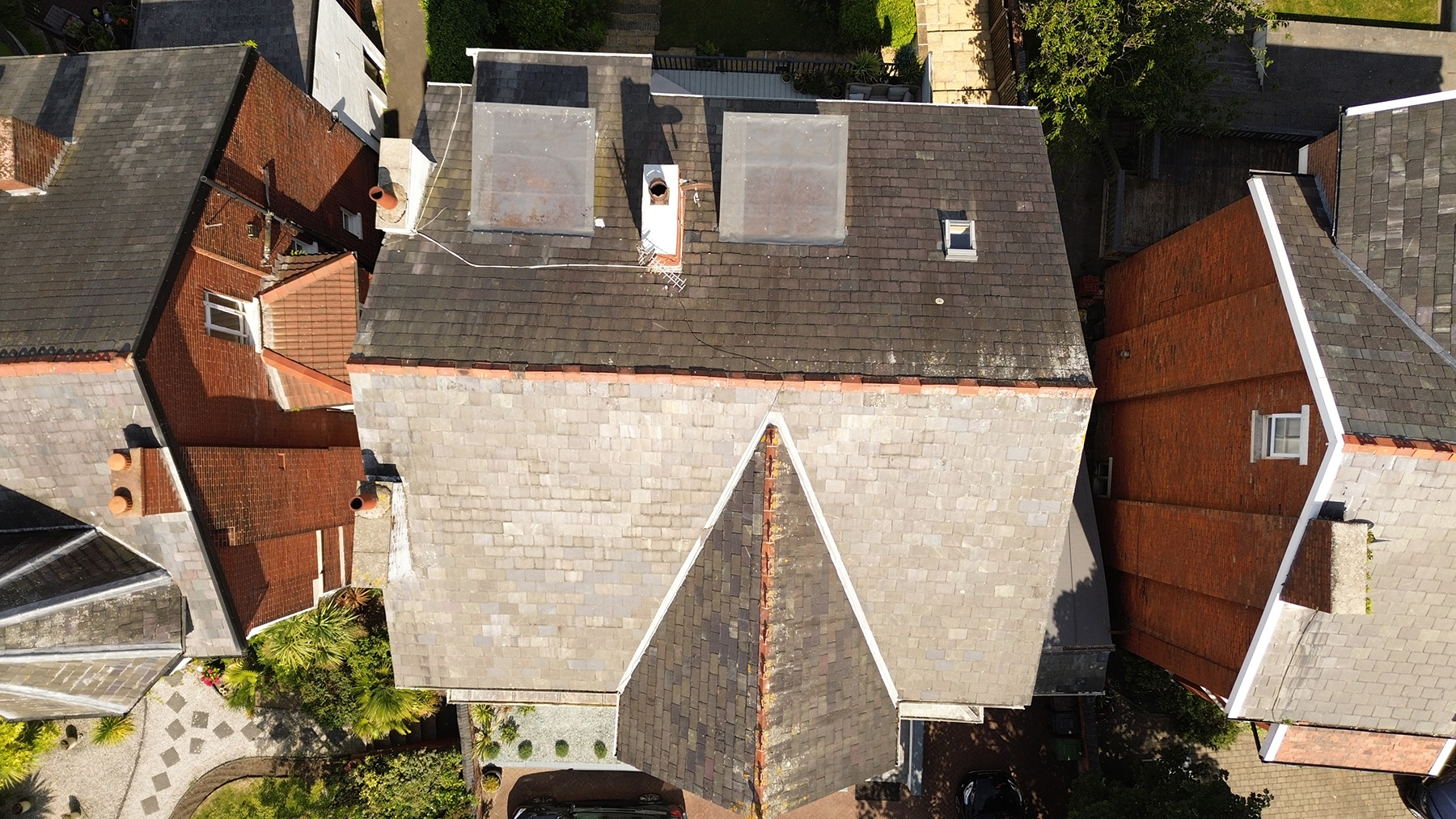Determining the value of a commercial property is a crucial task for investors and business owners alike. Working this out may seem like a complex task, and with many different approaches, we can understand why.
The key to an accurate and functional valuation is to think about a property from both a landlord’s and tenant’s perspective, while also considering the different factors at play in the market.

Valuation Approaches
Income Capitalisation Approach
One of the most common methods for valuing commercial property. This technique is particularly useful for properties that generate income, such as office buildings, retail shops, and rental complexes. This method is favoured for its direct correlation to the income a property can generate, making it highly relevant for investment properties.
The key to this approach is the Net Operating Income (NOI). This number is calculated by subtracting operating expenses from the property’s total income.
Then, the NOI is divided by the capitalisation rate (cap rate), which reflects the expected rate of return on the investment.
Cost Approach
A cost approach helps you understand the cost of the land, plus the cost of construction which it has undergone.
This approach is especially useful when dealing with newer properties or those without clear income data. It’s particularly applicable for unique properties that don’t have many comparables in the market. This method ensures that the property’s value reflects the current replacement cost, adjusted for its age and condition.
This approach calculates the value of a property by adding the land value to the current cost of constructing a replica of the existing building, minus depreciation.
Sales Comparison Approach
The sales comparison approach is widely used by appraisers and valuers, and involves comparing the property to similar properties that have recently sold in the same area.
Adjustments are made for differences in size, location, and condition to ensure a fair comparison.
This approach is highly effective in active markets where numerous comparable property sales data are available, providing a realistic value based on current market trends.
Value Per Square Foot
Assessing a property based on its value per square foot is particularly useful in densely populated or urban areas where space is at a premium. It’s a really effective way to compare properties with similar uses in the same geographic area, providing a straightforward metric that can quickly indicate a property’s market value relative to its peers.
This approach calculates the property’s value by determining the cost per square foot, multiplied by the total square footage of the property.
Factors such as location, property condition, and the quality of finishes are taken into account to adjust the price per square foot, making this method highly practical for ensuring that valuations are both fair and reflective of current market conditions.
Rateable Value
A commercial property’s rateable value is assessed by the Valuation Office Agency (VOA) and represents the open market rental value of a property as of a specific date, set by legislation.
This approach takes into account factors such as the size, location, and potential profitability of commercial premises. As such, it can also influence the financial planning and operational costs associated with property ownership.
The rateable value will determine the business rates that a property owner is liable to pay, calculated by multiplying the rateable value by the multiplier set by the government, which can vary annually.
Value Per Door
The Value Per Door method is particularly useful for evaluating multi-unit properties such as apartment complexes or shared office spaces where units are of comparable quality.
To calculate this, divide the total cost of the property by the number of individual units, yielding a cost per unit or “per door.” This unit price can then be applied to similar properties with a different number of units by multiplying the value per door by the total number of units in the other property to estimate its total value.
Additional Factors Influencing Commercial Property Value
Several additional factors play crucial roles in determining the value of commercial property beyond the primary valuation methods. These factors require careful consideration to accurately assess the value of commercial real estate.
- Location of the property significantly influences its attractiveness and, by extension, its value due to factors like visibility, accessibility, and traffic flow.
- Economic conditions such as interest rates and overall economic health also impact property values.
- Physical condition and age of a property are important too; newer and well-maintained properties usually fetch higher prices, although historic properties can also command a premium if they are well-preserved.
- Terms of leases and reliability of tenants are critical. Properties with stable, long-term leases to creditworthy tenants generally offer higher and more secure returns.
There are many different factors which impact the value of a commercial property. Click here to read through a detailed rundown of everything that can affect how much a property is valued at.
Do I Need a Commercial Property Valuation?
For Sellers: understanding the market value of your property helps determine the optimal selling or leasing price, ensuring that you receive fair compensation.
For Tenants: an accurate valuation allows you to verify whether the rent or lease payments you are being asked to pay are reasonable.
For Financing: when applying for a loan, mortgage lenders will assess a property’s value to ensure that the loan amount they provide is appropriate for the property’s worth.
Value Your Commercial Property Today
Trust in ASL: RICS Chartered Surveyors & Valuers
Calculating the value of commercial property involves a combination of analytical techniques and a deep understanding of the market. The technique used depends largely on the specific circumstances of the property and the availability of data to analyse. Moreover, keeping a pulse on market conditions, understanding the nuances of location and local laws are essential for achieving an accurate valuation.
The complexities of commercial property valuation can be challenging, but with the right information and tools, you can maximise your investment and make strategic decisions that benefit your financial future.





